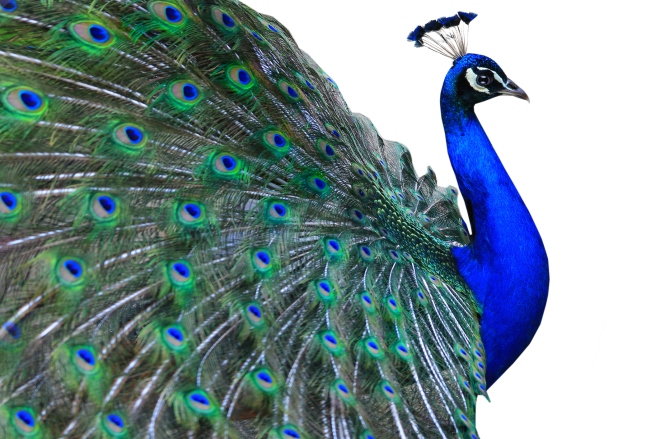
The universe is a duality. Every coin has two sides. For every pro there is a con. For every yin there is a yang. For every this there is a that.
But which is right?
The Chinese would say, neither. Reality is defined by the balance, or lack thereof, between the two. Scientists, on the other hand, would insist that one side or the other is the dominant reality—one side of the duality is the rule and the other side is the exception.
But which is which, and how do we determine the rule and the exception?
Using the scientific method, a theory is verified through controlled experimentation that isolates one variable and measures its influence against the control.
It all sounds straightforward and rational, of course, until you look a little more closely. In many cases the two sides of the duality are not deductively equal.
As an example, it has been shown that people who go to college, on average, earn more money over the course of a lifetime. Why? We assume it is because of the knowledge acquired. But is the correlation causal or coincidental?
What if the value of the college experience is simply the acquisition of the ability to drink large amounts of alcohol? Would it be enough to prove that college graduates drink more? Probably not. To get your theory accepted, you’d have to prove that they drank more and that they acquired no knowledge. Otherwise people would say that they might drink more but that’s not the reason they get ahead. The knowledge theory, in other words, just makes more sense than the drinking theory.
In science the prevailing assumption is called the null hypothesis. It’s the hypothesis that must be disproved in order to approve a different hypothesis.
I am currently reading a book by Yale ornithologist, Richard Prum, in which he argues that the extent and diversity of beauty in nature cannot be explained by adaptive or natural selection alone. But Prum’s opinion is widely dismissed by other scientists because natural selection is the null hypothesis among evolutionary biologists.
To prove his theory Prum would have to disprove the null hypothesis. And it can’t be disproved if you’re not willing to accept that it can be. Even if you can show that the peacock’s tail has no advantage in natural selection, perhaps a big pretty tail just shows that this peacock is so genetically superior that he survives natural selection despite his handicap.
Which is why most scientific research simply confirms the null hypothesis. Science is not neutral. It is asymmetrical. The game is rigged. The popular kids get the most likes simply because they are more popular.
In fact, we’re wired to form decisions quickly. It’s more efficient and it allows us to escape imminent danger.
That doesn’t mean, however, that the most obvious explanation is the correct explanation. More often than not, we see what we expect to see. Or, at least, what we allow ourselves to see.
Contact: You may reach the author at gary@gmoreau.com
Follow @gmoreaubooks